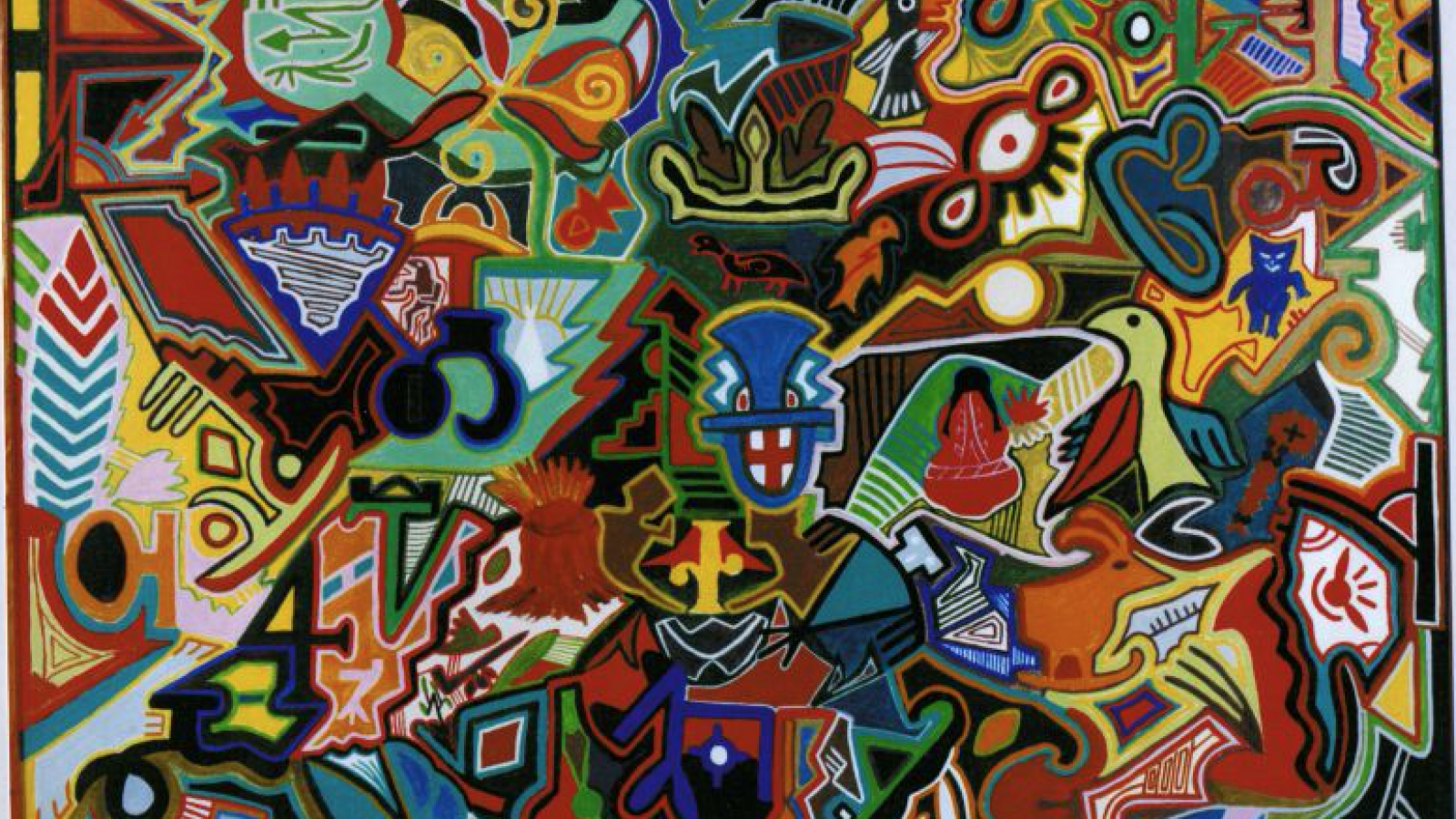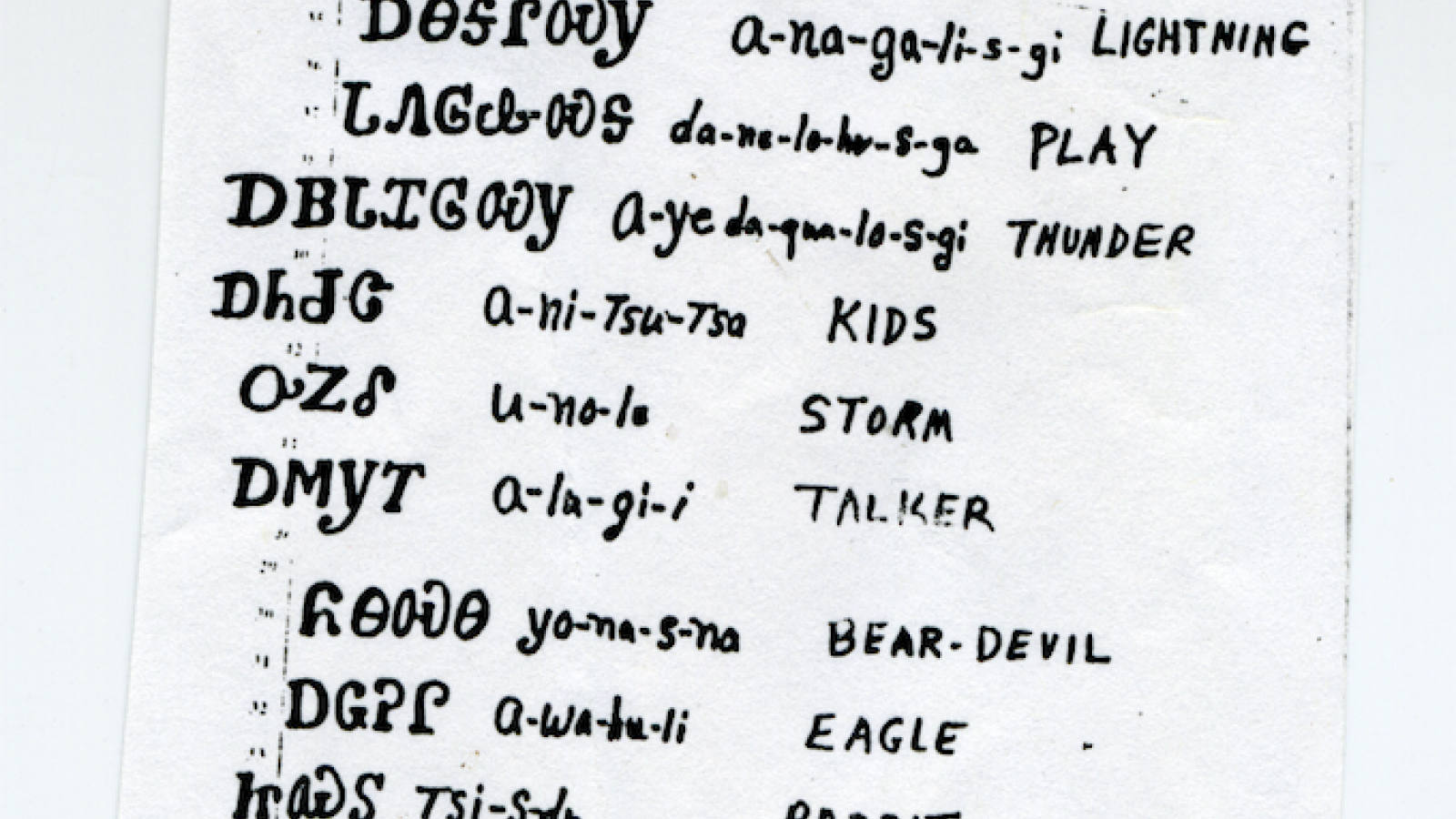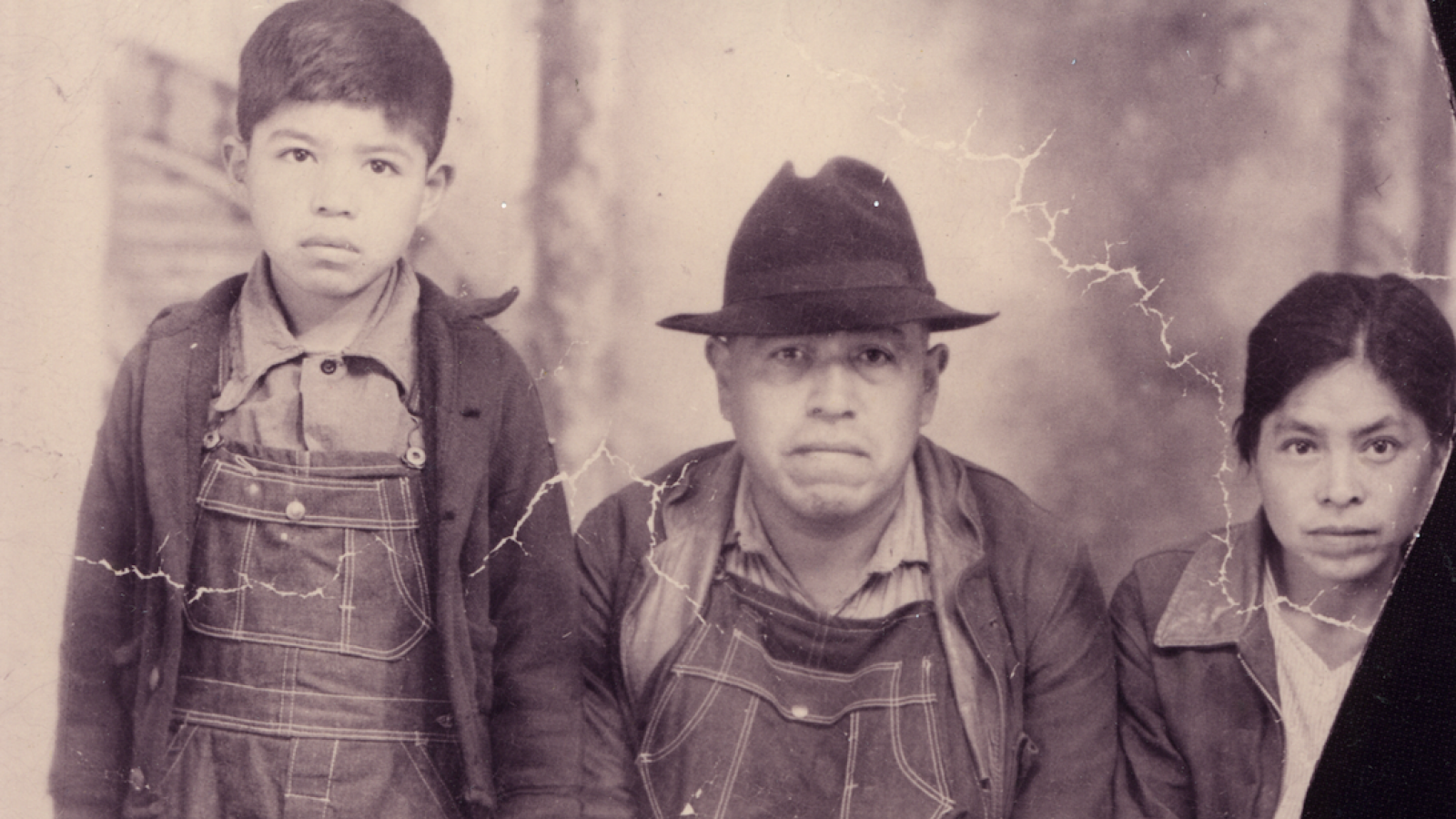"And then um, this one guy moved to… to Oklahoma, that’s the one leftover. My… my ancestor, I guess. They said they were just… few people who hi—hid in the mountain, I guess they kill a couple soldiers that’s why they took off and that’s all uh, on uh, and the rest was already travelling out West, uh-huh… that they… they about eighty thousand Indians out west. We just (inaudible) few. About thirty thousand Cherokee that when we started had a few of ‘em that came down from the mountain. Then we had to join with the white people, see to get along with. That’s how today we are. That’s why you can’t get Indian just for ever you speak my language, I’m the only ones… four hundred, they said out of nine—thirty thousand and uh, speak in Cherokee. And uh, I’m one—I’m one of ‘em uh, then we loosen their language with a lot I’m trying to teach. But I’m trying to help a little bit, but uh, I ain’t doing any good to me, uh-huh, so… it’s to uh… they rarely speak English I think, just tell the truth, they really speak English. I got grandkids. The one right here he don’t speak English. In Cherokee he speak English right now… the ones walkin out there. And they got four grandkid, they speak English. And my daughter speak Engl—my son speak English, so…me and my brothers only speak it when they come to see me, so that’s where it is. And (inaudible) the ones… the old ones…living it… they speak oh, our language, uh-huh. I still wish they’d get to meet some of ‘em. And some of ‘em I talk—I talk to my kids would stand there confused by it, start talking in Cherokee. They said, I don’t understand what you said I only speak English. Then I just laugh. My own people… my own (inaudible)."
Born in 1934 among the Eastern Band of Cherokees, Edwin George was raised in Cherokee, NC, in a household that spoke only Cherokee. In this environment, Cherokee culture, traditions, and visual culture were alive. The folklorist Judy Sacks believes that George is the definition of a folk artist in that he creates a "distinctive type of art that is made by people who represent their own community's values, tastes, aesthetics[...]it's the kind of art that happens when people transmit what they know in an oral, informal way." Eventually, George moved to Ohio and began artistic experimentation. He painted totem poles, carved wood sculptures, and fashioned hiking sticks. He finally began painting in 1991 at the age of 47. Through his painting, George shares his personal history and cultural traditions. He typically paints Cherokee stories and myths, often including Cherokee words in his artwork along with guides for English translation and phonetic pronunciation. His art uses vibrant colors and designs that create a sense of movement as if his paintings tell a story. George hopes to keep this language alive through his artwork, sharing his traditional stories with the world while passing along this cultural heritage to future generations.
Edwin George's Traditions episode.
Contents of the Collection
- Lists of Cherokee words, their pronunciation, and English translation
- Images of the following paintings, some with hand-written accompanying stories: Great Bear's Place, Medicine Women, Rabbit Builds A Bridge, Cherokee Tales of the Burning Stump, Chickodee, Gathering the Medicine, How The Deer Got His Horns, Medicine Man, Stories From My Ancestors, Storm-Talker, The Good Old Days, The Race of Life, The Way It Was, Wolf (Wa-ya), Yana-Skina's Dream




